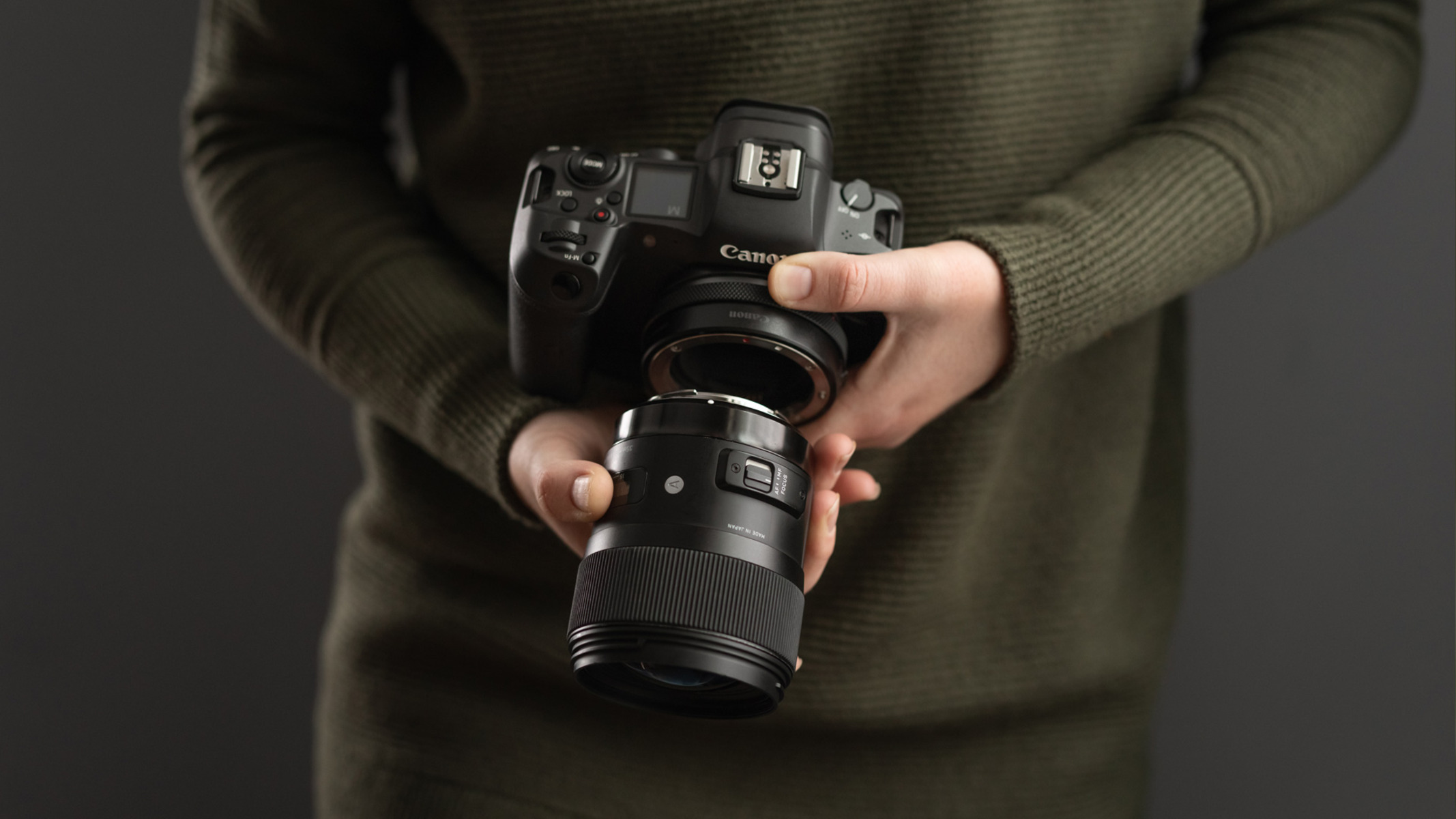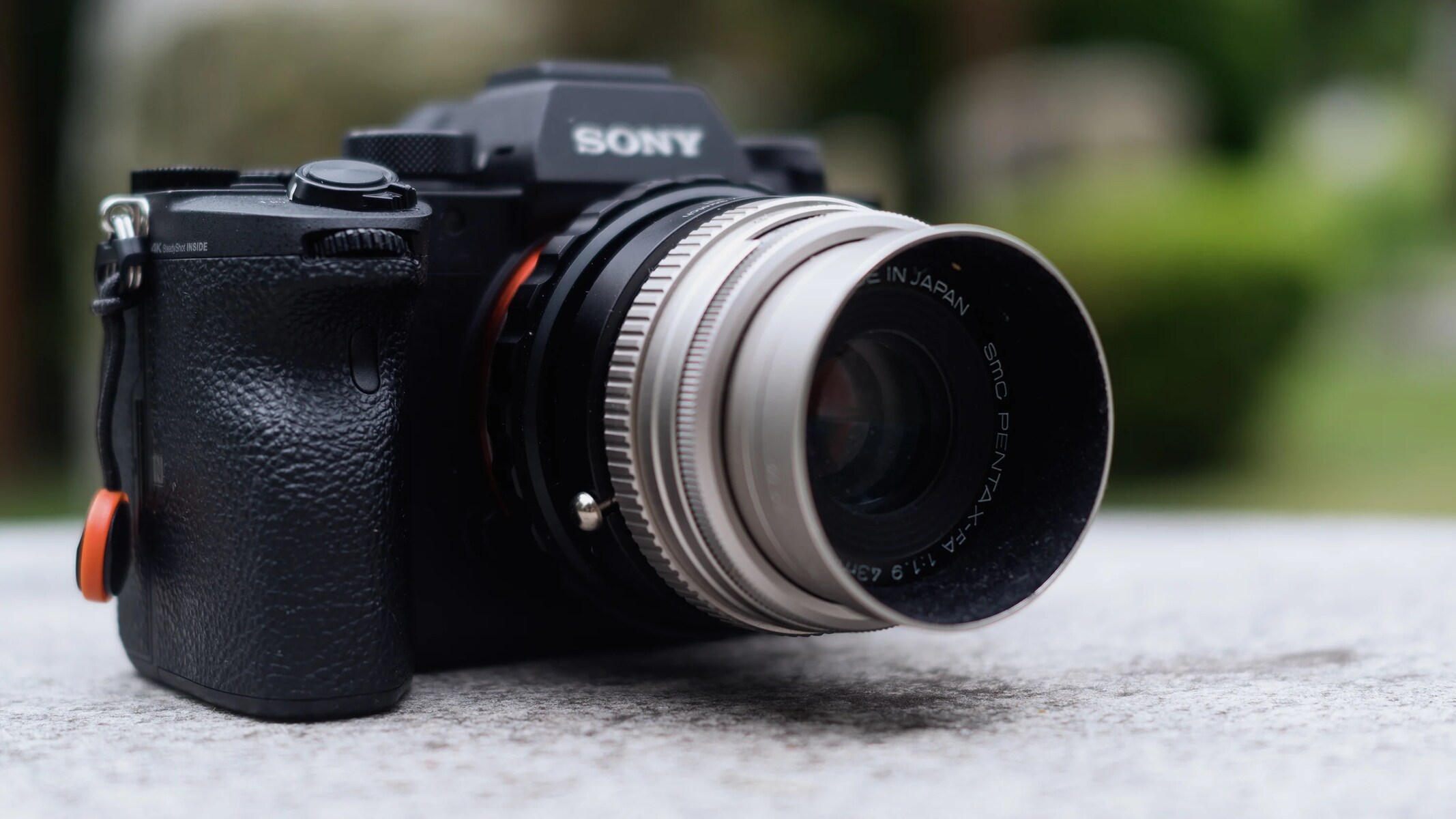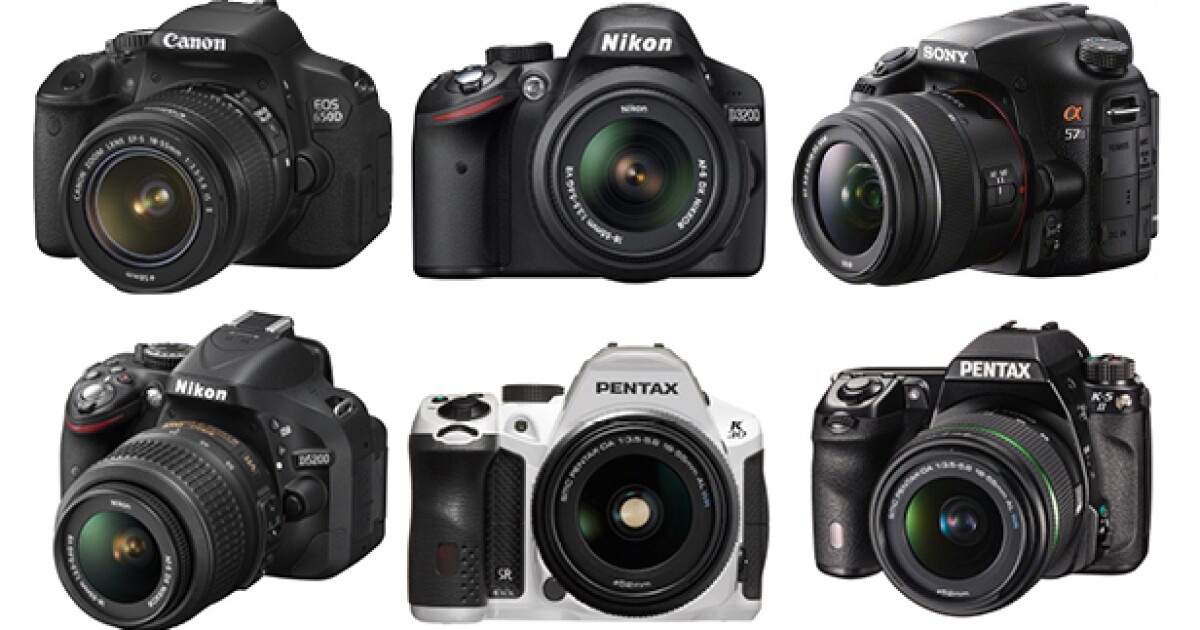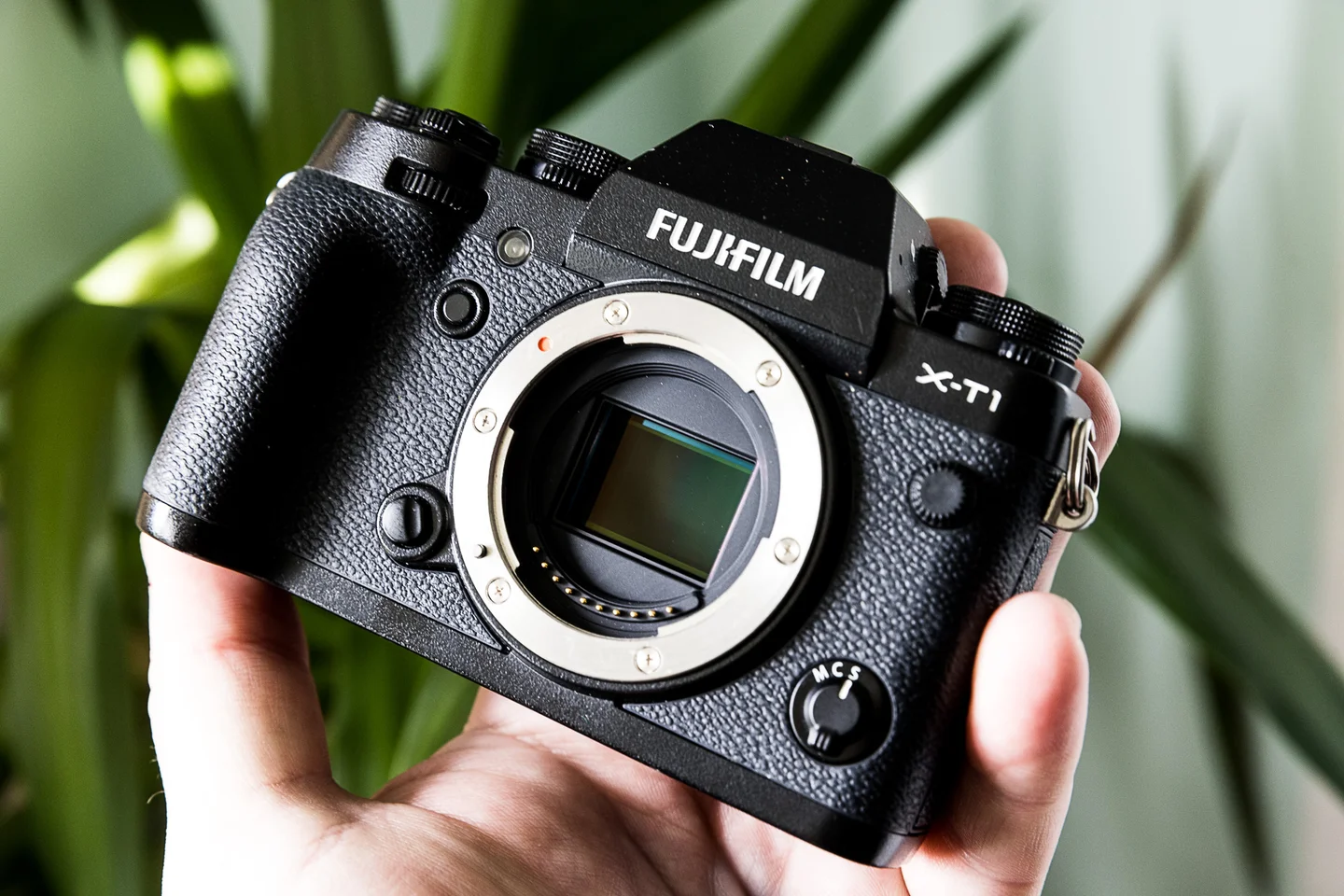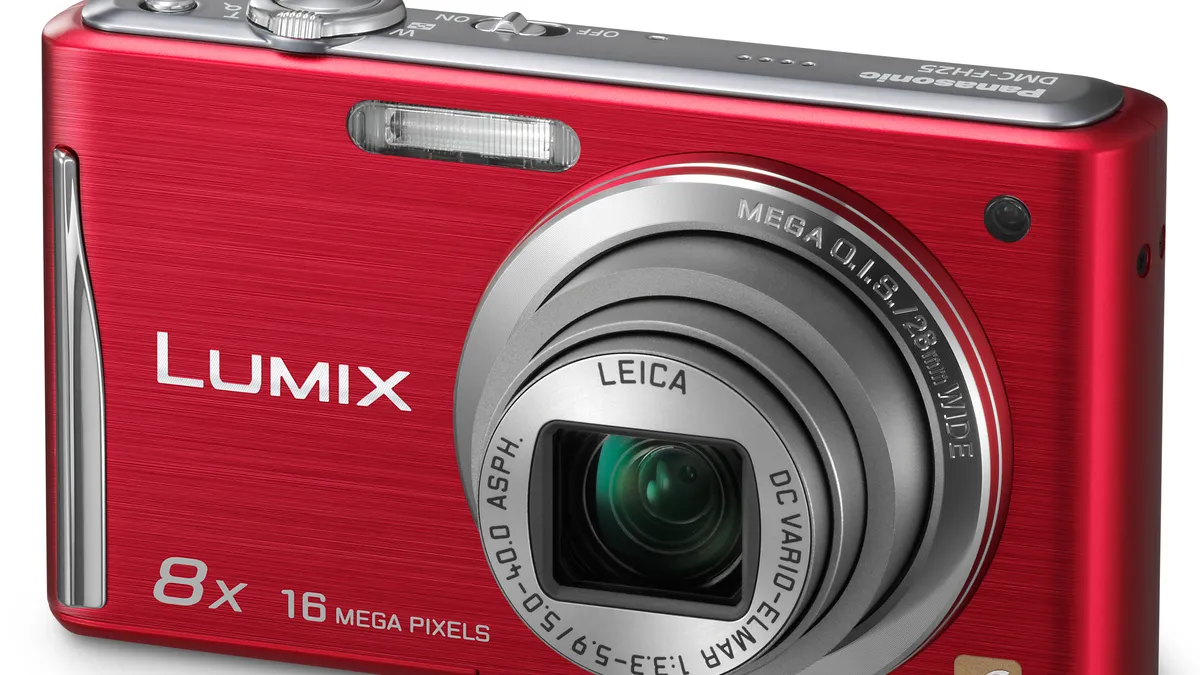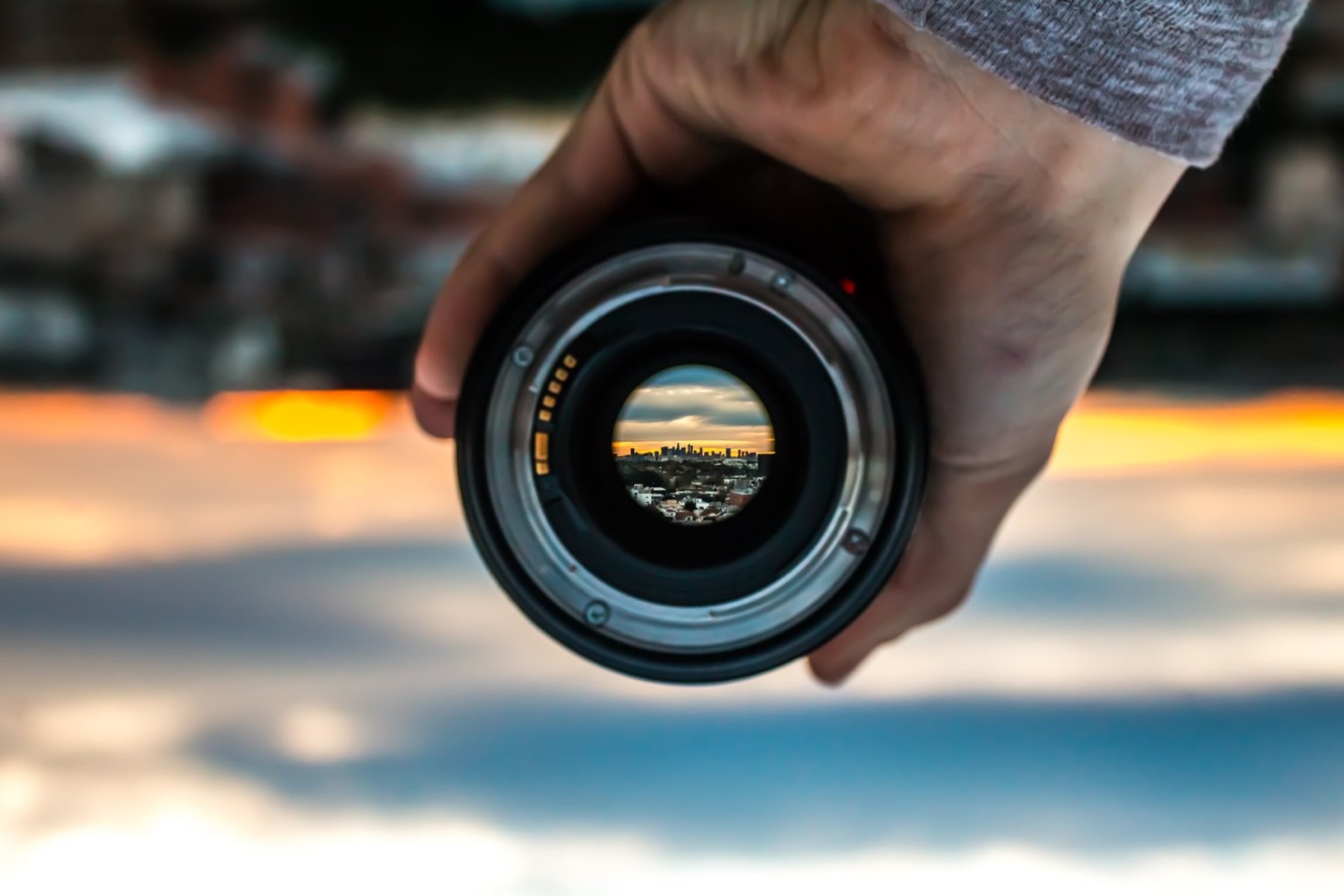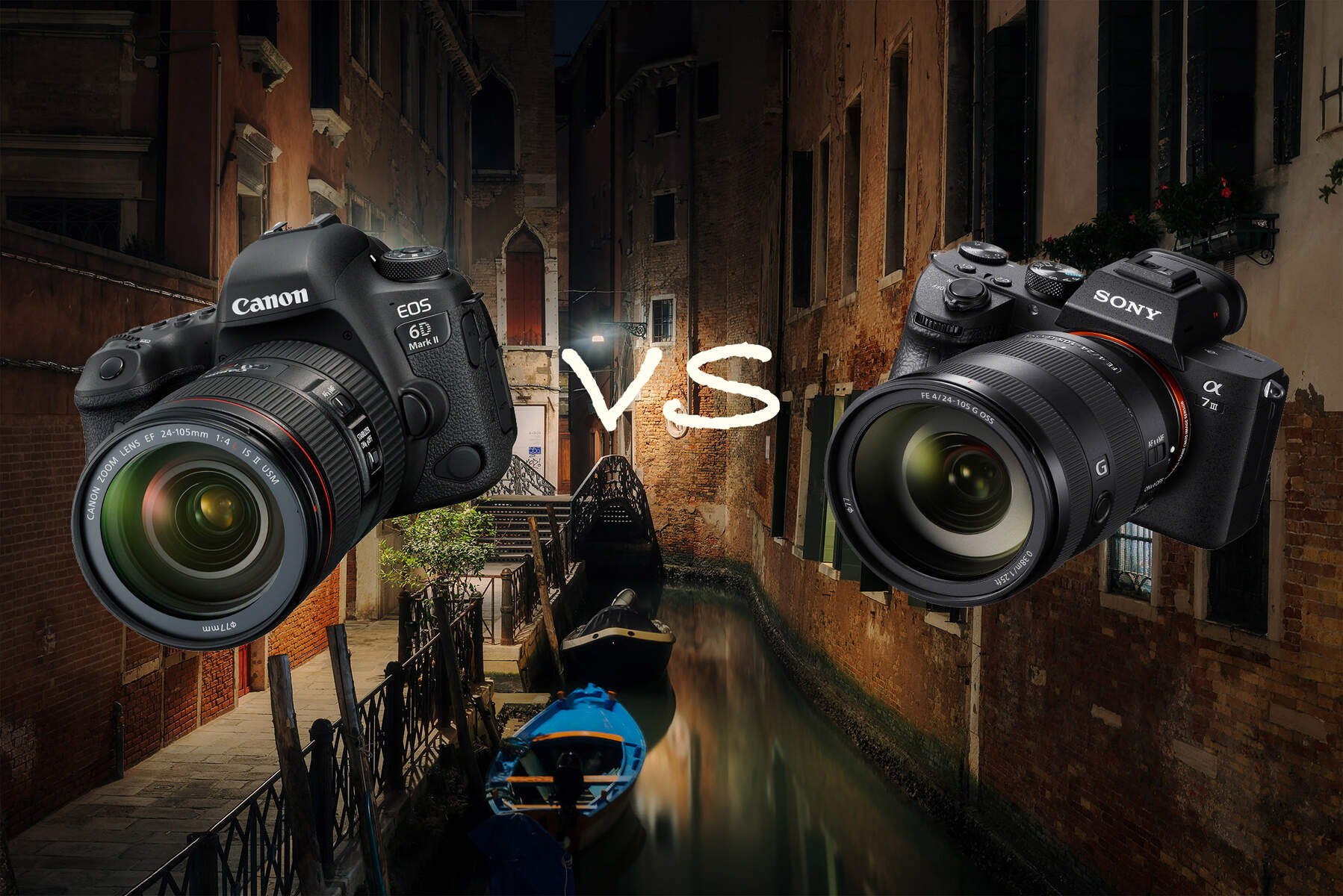Introduction
So, you've decided to venture into the world of photography and have recently acquired a mirrorless camera. Perhaps you're a seasoned photographer looking to explore the benefits of a mirrorless system, or maybe you're a newcomer eager to delve into the art of capturing stunning images. Regardless of your background, one of the first challenges you may encounter is fitting a DSLR lens onto your mirrorless camera.
Understanding how to adapt a DSLR lens to a mirrorless camera can significantly expand your lens options and unleash creative possibilities. This guide will walk you through the process, from comprehending lens mounts to ensuring compatibility and successfully attaching the lens. Whether you're seeking to utilize existing DSLR lenses or capitalize on the unique characteristics of specific lenses, this tutorial will equip you with the knowledge and confidence to seamlessly integrate DSLR lenses with your mirrorless camera.
Let's embark on this journey together, as we unravel the intricacies of merging two distinct worlds of photography. By the end of this guide, you'll be adept at fitting DSLR lenses onto your mirrorless camera, paving the way for an exciting and versatile photographic experience.
Understanding Lens Mounts
Before delving into the process of fitting a DSLR lens onto a mirrorless camera, it’s essential to grasp the concept of lens mounts. A lens mount serves as the interface between the camera body and the lens, facilitating a secure attachment while enabling communication between the two components. In the realm of photography, various manufacturers employ distinct lens mounts, each tailored to their specific camera systems.
When considering the compatibility of a DSLR lens with a mirrorless camera, understanding the native lens mount of both devices is paramount. DSLR cameras typically feature proprietary lens mounts designed to accommodate lenses specifically crafted for their systems. On the other hand, mirrorless cameras boast their unique lens mounts, characterized by a more compact and lightweight design compared to traditional DSLR mounts.
It’s important to note that the physical and mechanical disparities between DSLR and mirrorless lens mounts necessitate careful consideration when attempting to merge the two. While the dimensions and mechanisms of these mounts may differ, there are solutions available to bridge the gap and enable cross-system compatibility.
Furthermore, some mirrorless cameras are equipped with adaptable lens mounts, allowing for the seamless integration of lenses from various manufacturers. This versatility expands the array of lenses that can be utilized with a mirrorless camera, presenting photographers with a broader spectrum of creative options.
As we navigate the intricacies of lens mounts, it becomes evident that the compatibility of DSLR lenses with mirrorless cameras hinges on a nuanced understanding of these interfaces. By comprehending the distinct characteristics of lens mounts and the potential for adaptability, we set the stage for successfully fitting a DSLR lens onto a mirrorless camera.
Using Lens Adapters
When embarking on the endeavor of fitting a DSLR lens onto a mirrorless camera, the role of lens adapters emerges as a pivotal aspect of the process. Lens adapters serve as intermediary devices that bridge the divide between the native lens mount of the mirrorless camera and the incompatible mount of the DSLR lens. These adapters are ingeniously engineered to facilitate a seamless connection, enabling photographers to harness the full potential of their existing DSLR lenses with their mirrorless cameras.
It’s important to note that lens adapters come in a myriad of designs, each tailored to accommodate specific combinations of DSLR and mirrorless systems. Some adapters are meticulously crafted to ensure precise alignment and secure attachment, thereby mitigating the risk of instability or compromised functionality. Additionally, certain adapters incorporate electronic contacts to maintain communication between the lens and the camera body, preserving essential features such as autofocus and aperture control.
Photographers are presented with a diverse array of lens adapters, ranging from basic mechanical adapters to sophisticated electronic adapters with integrated functionalities. Mechanical adapters provide a fundamental means of connecting lenses to camera bodies, primarily suitable for manual focus and aperture control. On the other hand, electronic adapters offer enhanced compatibility by facilitating electronic communication between the lens and the camera, thereby preserving autofocus capabilities and enabling aperture adjustments through the camera interface.
By leveraging lens adapters, photographers can transcend the confines of native lens mounts and explore the boundless potential of cross-system compatibility. Whether seeking to breathe new life into cherished DSLR lenses or harnessing the unique characteristics of specific optics, lens adapters unlock a realm of creative possibilities for mirrorless camera users.
As we navigate the realm of lens adapters, it becomes evident that these ingenious devices serve as the linchpin for seamlessly integrating DSLR lenses with mirrorless cameras, transcending the constraints of proprietary lens mounts and fostering a harmonious convergence of photographic technologies.
Ensuring Compatibility
Before embarking on the process of attaching a DSLR lens to a mirrorless camera, it is crucial to ensure compatibility between the lens, the adapter, and the camera body. This entails meticulous consideration of various factors to guarantee a seamless and functional integration of the components.
First and foremost, it is imperative to verify the compatibility of the lens adapter with both the DSLR lens and the mirrorless camera. Different lens adapters are designed to accommodate specific combinations of lens mounts, and it is essential to select an adapter that precisely aligns with the native mount of the DSLR lens and the mount of the mirrorless camera. Additionally, if electronic functionality such as autofocus or aperture control is desired, it is crucial to opt for an adapter that supports these features and ensures seamless communication between the lens and the camera body.
Furthermore, assessing the physical dimensions and weight of the DSLR lens is essential to ascertain that the combined setup remains balanced and ergonomic when attached to the mirrorless camera. Some DSLR lenses may be significantly larger and heavier than native mirrorless lenses, potentially impacting the handling and stability of the camera. Careful consideration of the combined form factor is paramount to ensure a comfortable and secure shooting experience.
Another critical aspect of ensuring compatibility is evaluating the optical characteristics and focal length of the DSLR lens in relation to the sensor size and crop factor of the mirrorless camera. Understanding how the focal length of the lens translates to the effective focal length on the mirrorless camera’s sensor is crucial for accurately predicting the field of view and achieving the desired framing and perspective.
By meticulously assessing the compatibility of the DSLR lens, the adapter, and the mirrorless camera, photographers can embark on the process of fitting the lens with confidence, knowing that the components are harmoniously aligned to deliver a seamless and optimized photographic experience.
Attaching the Lens
With a comprehensive understanding of lens mounts, adapters, and compatibility considerations, the next step in fitting a DSLR lens onto a mirrorless camera involves the physical attachment of the lens to the camera body. This process requires precision and care to ensure a secure and stable connection while preserving the functionality of the lens and the camera.
Before attaching the lens, it is essential to handle both the DSLR lens and the mirrorless camera with caution and attentiveness. Carefully remove the rear lens cap from the DSLR lens and inspect the lens adapter to ensure it is free from debris or obstructions that may hinder the attachment process. Similarly, verify that the lens mount of the mirrorless camera is clean and devoid of any impediments that could interfere with the mounting process.
Align the lens adapter’s mounting surface with the native lens mount of the DSLR lens, ensuring a snug and precise fit. With gentle and consistent pressure, rotate the lens and adapter combination until it securely locks into place. It is crucial to avoid applying excessive force during this process, as this may risk damaging the lens, the adapter, or the camera’s lens mount.
Once the lens and adapter are securely attached, the next step involves mounting the combined assembly onto the mirrorless camera. Align the adapter’s mounting surface with the camera’s lens mount, taking care to maintain a level orientation to prevent any strain on the mounting points. With a steady and deliberate motion, rotate the lens and adapter assembly onto the camera body until it audibly clicks into place, signifying a secure attachment.
Throughout the attachment process, it is imperative to handle the equipment with delicacy and precision, ensuring that the components seamlessly integrate without compromising their structural integrity. By methodically following these steps, photographers can confidently attach a DSLR lens to a mirrorless camera, setting the stage for a seamless and productive photographic experience.
Testing the Fit
Upon successfully attaching the DSLR lens to the mirrorless camera using a compatible adapter, it is crucial to conduct a comprehensive assessment of the fit to ensure optimal functionality and performance. Testing the fit encompasses a series of evaluations aimed at verifying the seamless integration of the lens with the camera, as well as confirming the preservation of essential features and the attainment of desired photographic results.
The initial step in testing the fit involves verifying the physical stability and alignment of the attached lens. Carefully inspect the connection points between the lens, adapter, and camera body to ensure that they are securely fastened without any play or wobbling. A stable and snug fit is essential to maintain the structural integrity of the setup and prevent any potential damage or misalignment during use.
Subsequently, it is imperative to assess the functionality of electronic features such as autofocus and aperture control, if applicable. Engage the autofocus mechanism to confirm its responsiveness and accuracy, ensuring that the camera can seamlessly focus with the attached DSLR lens. Additionally, test the aperture control to verify that the camera can effectively adjust the lens’s aperture settings, enabling precise control over exposure and depth of field.
As part of the fit assessment, it is essential to conduct test shots under various lighting conditions and subject matters to evaluate the optical performance of the combined setup. Capture images across a range of focal lengths and apertures to gauge the clarity, sharpness, and overall image quality produced by the DSLR lens on the mirrorless camera. This comprehensive testing process provides valuable insights into the capabilities and limitations of the adapted lens, enabling photographers to make informed decisions during actual shooting scenarios.
Furthermore, testing the fit extends to assessing the ergonomic and handling aspects of the combined setup. Evaluate the balance and comfort of the camera with the attached DSLR lens, considering factors such as weight distribution, grip, and overall maneuverability. A well-fitted combination should offer a comfortable and intuitive shooting experience, empowering photographers to seamlessly capture compelling images without ergonomic constraints.
By rigorously testing the fit of the adapted DSLR lens on the mirrorless camera, photographers can ascertain the reliability, functionality, and performance of the integrated setup. This meticulous evaluation process serves as a crucial step in ensuring a seamless and optimized photographic experience while leveraging the diverse capabilities of DSLR lenses on a mirrorless platform.
Conclusion
Embarking on the journey of fitting a DSLR lens onto a mirrorless camera unveils a realm of creative possibilities and technical intricacies. Through a comprehensive understanding of lens mounts, the strategic use of adapters, and meticulous attention to compatibility and fit, photographers can seamlessly integrate DSLR lenses with their mirrorless systems, transcending the limitations of proprietary mounts and embracing a diverse array of optics.
As the realms of DSLR and mirrorless photography converge, the utilization of lens adapters emerges as a pivotal enabler, bridging the gap between disparate lens mounts and fostering a harmonious integration of photographic technologies. By leveraging the versatility and adaptability of lens adapters, photographers can breathe new life into cherished DSLR lenses, explore the unique characteristics of specific optics, and expand their creative horizons with a mirrorless platform.
Ensuring compatibility and meticulously testing the fit of adapted lenses on mirrorless cameras are essential steps in fostering a seamless and optimized photographic experience. The careful assessment of electronic functionalities, optical performance, and ergonomic considerations empowers photographers to confidently wield adapted DSLR lenses, harnessing their full potential while capitalizing on the advanced capabilities of modern mirrorless systems.
Ultimately, the process of fitting a DSLR lens onto a mirrorless camera embodies a convergence of tradition and innovation, enabling photographers to blend the time-honored qualities of established optics with the cutting-edge advancements of mirrorless technology. This harmonious integration not only expands the creative toolkit of photographers but also exemplifies the adaptability and ingenuity inherent in the ever-evolving landscape of photography.
As photographers continue to explore the seamless fusion of DSLR and mirrorless systems, the artistry and technical acumen required to fit and optimize adapted lenses serve as a testament to the enduring pursuit of photographic excellence and the boundless potential of creative expression.







